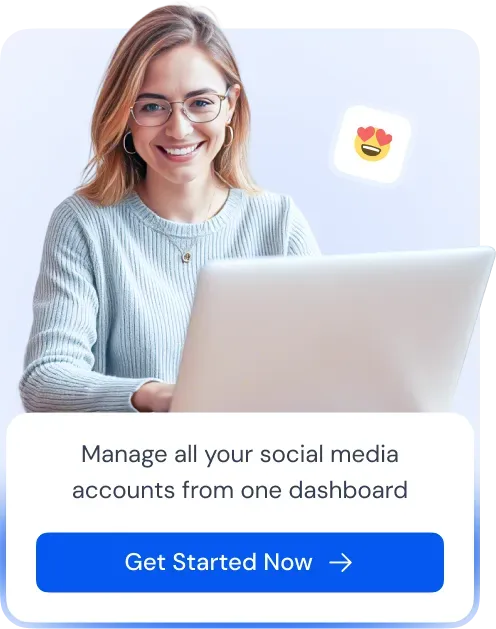“FR” meaning in chat refers to the slang term “for real.” It’s commonly used in texting and social media to emphasize honesty, agreement, or seriousness.
What Does “FR” Mean in Chat?
You’ll often see “FR” in DMs, tweets, and online comments when someone wants to confirm something is true, express strong agreement, or check if someone is truthful.
This slang is widely used among younger audiences, particularly in casual conversations on platforms like Snapchat, Instagram, Twitter, and TikTok. The popularity of “FR” has grown due to its ability to simplify communication and make messages more engaging.
How is “FR” Used in Chat?
Depending on the context, “FR” can have different meanings:
- To confirm honesty: “I’m so tired today, fr.” (Emphasizing truth)
- To show agreement: “That movie was amazing!” “FR, it was so good!” (Expressing strong approval)
- To ask if someone is profound: “I just met a celebrity!” “FR???” (Checking if they’re being truthful)
“FR” can be used in uppercase and lowercase letters, but the meaning remains the same. Some people also use it as a standalone response to quickly agree with someone.
Variations of “FR” in Texting
There are a few variations of “FR” that you may also come across in online conversations:
- FRFR: Stands for “for real, for real,” adding extra emphasis. (“That test was hard, frfr.”)
- No cap FR: A combination of “no cap” (meaning no lie) and “fr” to strongly confirm something. (“That pizza was the best, no cap fr.”)
- FR tho: Short for “for real though,” often used to reinforce a point. (“I need a vacation, fr tho.”)
Is “FR” Formal?
No, “FR” is casual internet slang. It’s great for texting, social media, and informal conversations, but it’s not appropriate for professional emails, work-related messages, or academic writing.
Why Do People Use “FR” in Chat?
People use “FR” in chat because it is quick, simple, and widely understood. Instead of typing out “Are you serious?” or “I totally agree,” they can use “FR” to convey the same message in just two letters. This shorthand is especially popular in fast-paced digital conversations where brevity is key.



